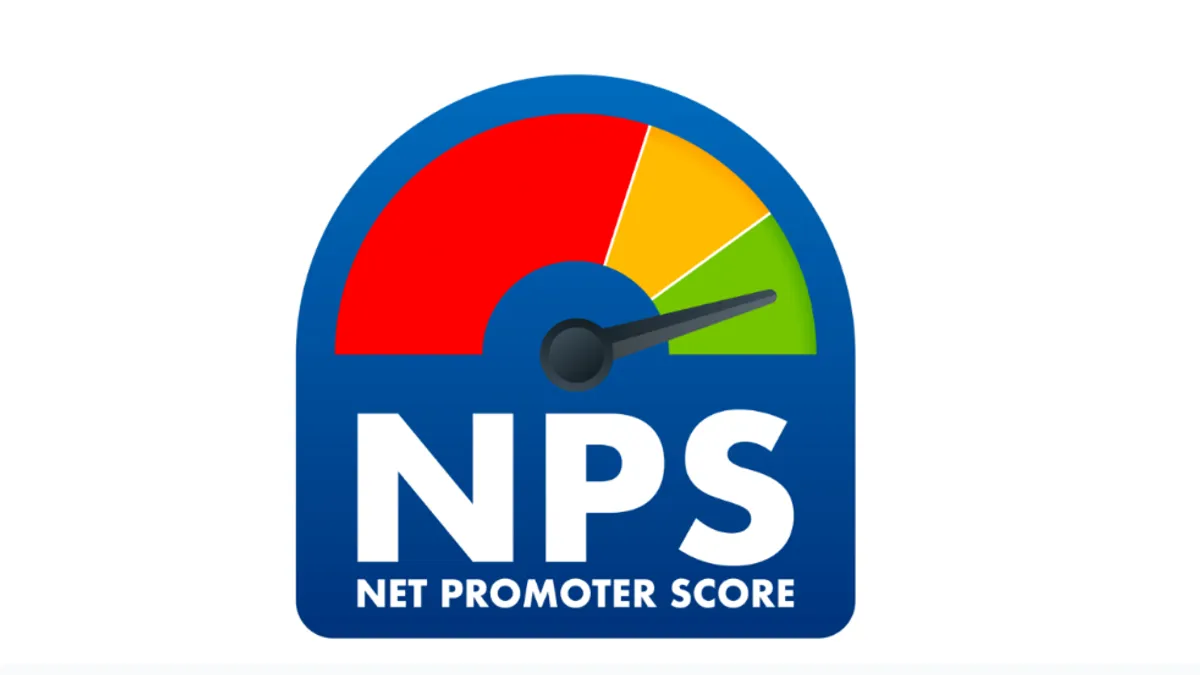A good way for general counsel to transform their legal operations is to track a net promoter score, Lex360 Founder Mo Zain Ajaz says in an Inside Voices podcast.
NPS is mostly associated with software-as-a-service companies. These cloud-based subscription businesses ask their customers how much they would promote their services to others on a scale of one to 10 and track their performance over time.
The score is considered an accurate predictor of subscription renewals and new customer growth.
By adopting the metric for in-house operations, general counsel can see if there’s a disconnect between how the broader organization sees the legal team and how the legal team thinks it’s doing.
“When you get feedback, you have a real decent means of getting information back from the business,” said Ajaz, a former general counsel who started Lex360 to help legal leaders optimize their operations. “That gives you information that you can build projects on.”
Measurable feedback
Ajaz said he has a client who tracks its NPS quarterly as a way to offset the lack of hard data the legal team generates on its performance.
“We don’t have facts, so NPS is really easy,” he said. “Up to 10: Would you recommend working with this legal department? And when you get feedback, you can ask why they classify the way they did.”
Feedback is sought from internal customers—the organization’s other internal business and support functions, like procurement—and also from external stakeholders, what Ajaz called legal’s supply chain. That could include outside law firms and technology vendors.
The NPS question goes the other way, too. “Would you recommend working with this supply chain?” he said on the podcast.
Transformation process
The goal is to give general counsel a sense of how the legal function is perceived as a starting point for making changes to operations and whether perceptions are improving as changes are made, Ajaz said.
General counsel tell him they’re facing pressure to optimize their operations but they’re not sure what changes are needed and are concerned about acting for the sake of acting. “‘l know I need to do something, but I need to make sure that whatever I do isn’t a knee-jerk reaction,’” Ajaz said general counsel tell him.
Technology is often seen as a quick fix, but while it plays a role in any optimization effort, if it’s not adopted for the right reason and in the right way, it risks turning into what Ajaz calls zombie technology. “People just walk away from it,” he said.
Contract lifecycle management software is a good example of technology that’s integral to optimizing operations but workflow and other changes must be made first before it can work as intended. “A lot of process work needs to be done upfront to enable that,” he said.
Mission alignment
Ajaz recommends general counsel start with a close examination of the broader organization’s vision and mission statements, because any changes to the legal operation must align with those.
Then, the general counsel can get a sense of what constitutes high-value versus lower-value legal work and what’s in the middle. That lets them know which work the legal team should keep doing and what it should hand off to others, whether to its supply chain or to others internally using a self-service model.
Non-disclosure agreements, for example, are considered lower-value work that, if set up the right way, others can do on a self-serve basis. “When there’s technology that can do that for you, where someone’s printing out and putting someone’s name in, where’s the value in legal doing NDAs?” he said.
Ajaz recommends general counsel create a metric to show how much automating NDAs can save the organization on legal costs.
“You can monitor how many NDAs have been done and what cost to attribute to it,” he said. “If legal has set up this self-service technology and it’s been used by 100 people, and on average it would take an hour of legal time to do it, and that costs you $300, then 300 x 100 gets you” a number you can report out, he said.
Bottom line, general counsel should avoid rushing into technology if they feel pressure to optimize their operations.
Instead, they should start with an exercise in which they map legal operations to the organization’s mission and vision statements. That exercise can be helped by tracking NPS over time to get a picture of any disconnect between the organization's values and how legal is perceived in that context.
Once this groundwork has been laid, general counsel can identify the high-value work their team should retain and what they should hand off to others, either externally or internally, using technology to help make that possible.
“There’s a lot of good value the general counsel can take to the board and say, ‘Here’s the contribution of legal,’” Ajaz said.



















